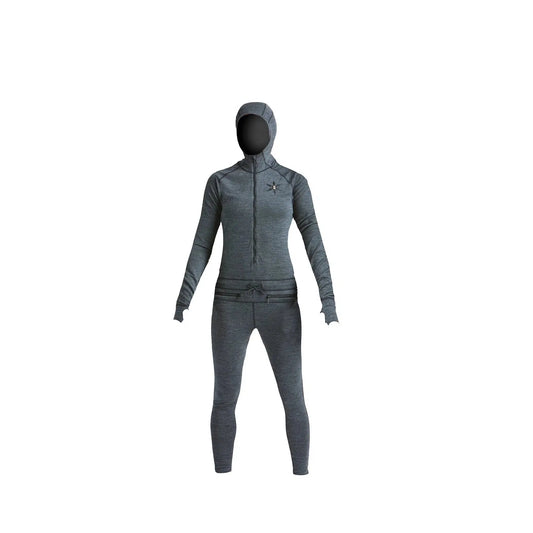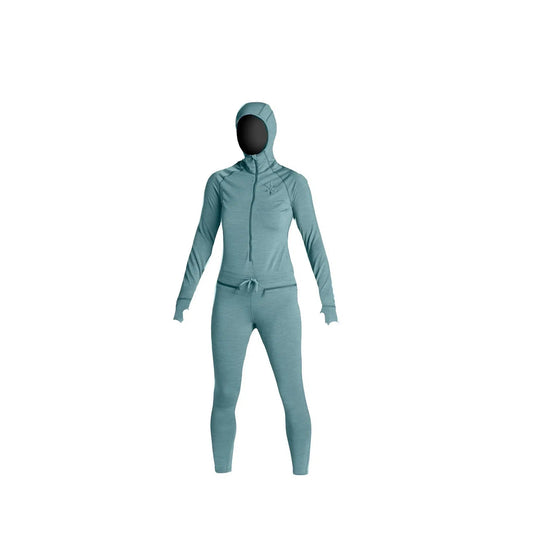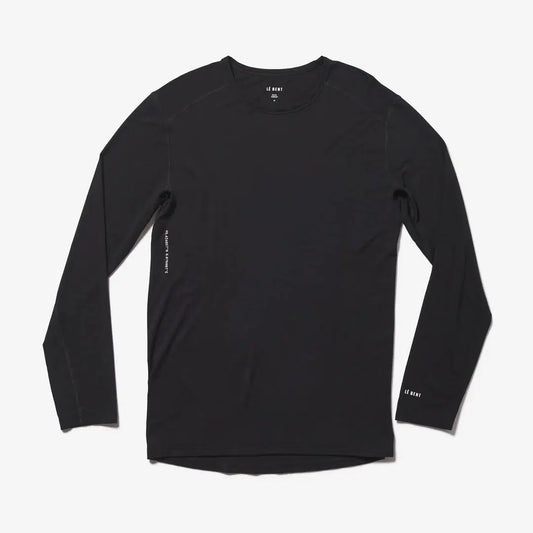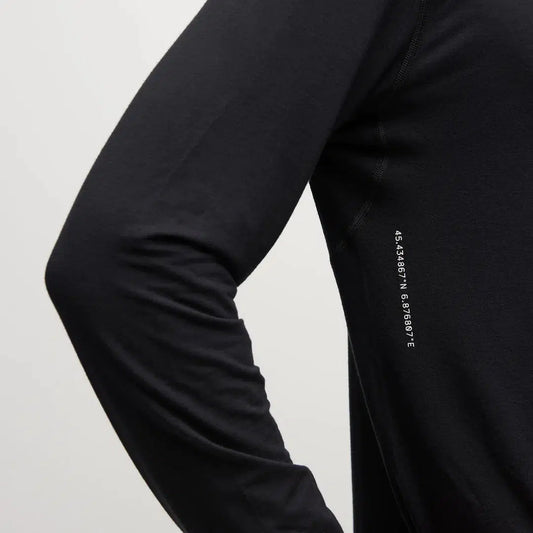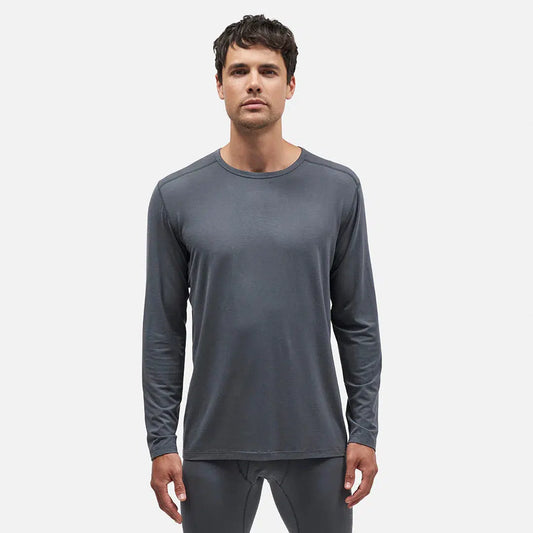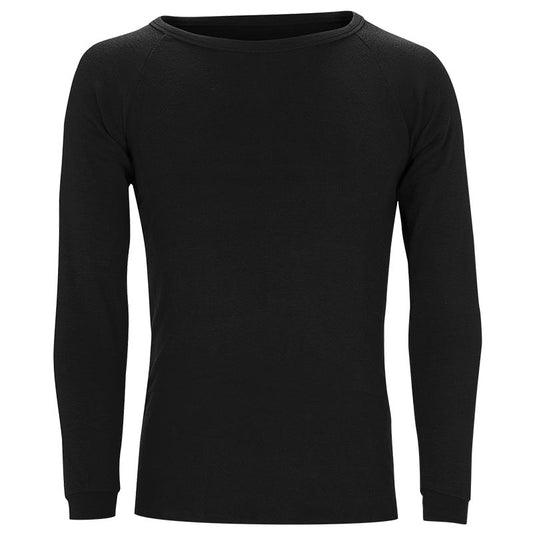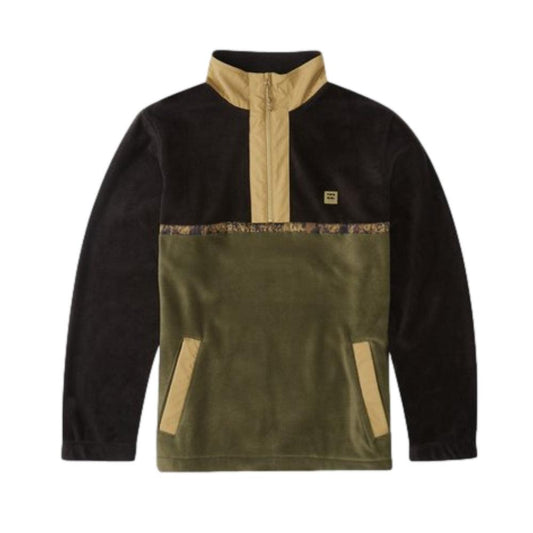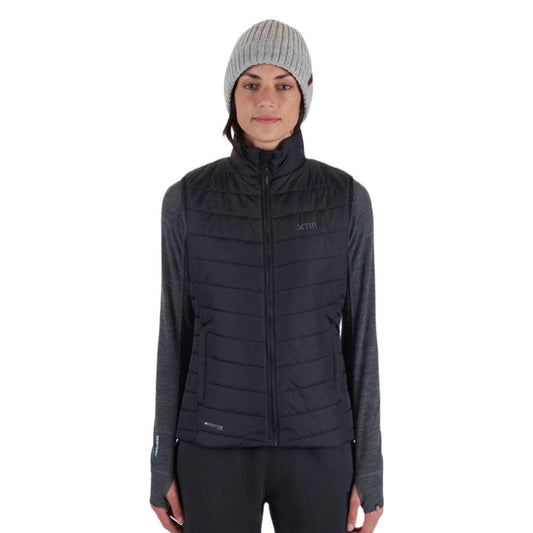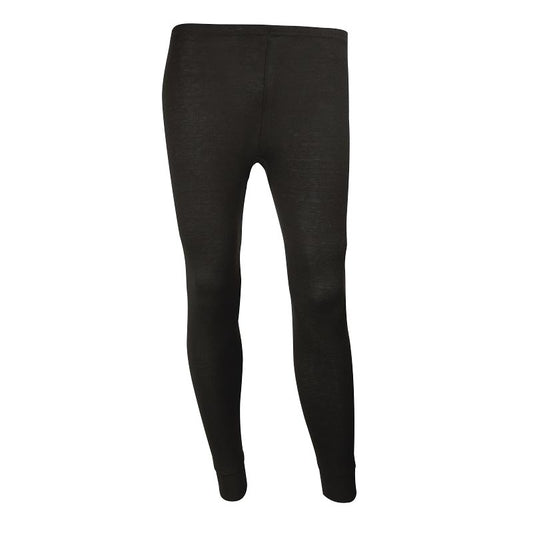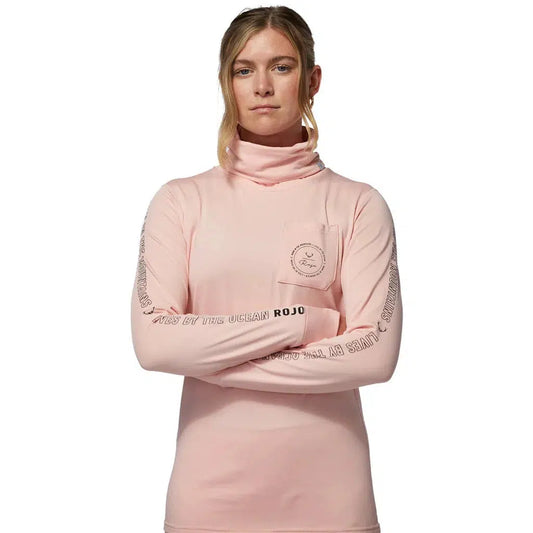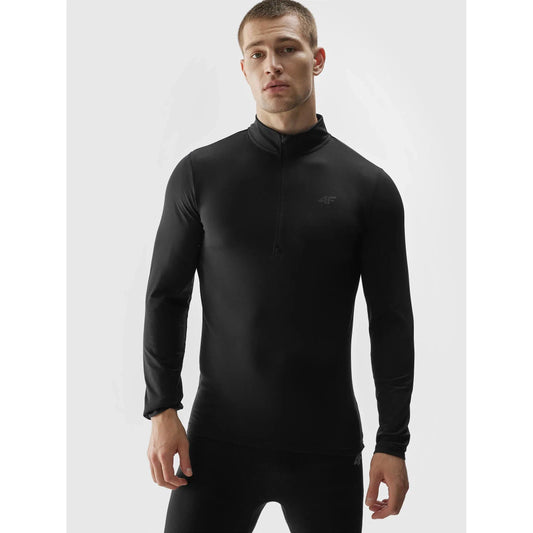
Collection: Thermals & Layers
-
2025 Airblaster Classic Ninja Suit
Regular price $269.95 AUDRegular priceUnit price / per -
2024 Airblaster Womens Merino Ninja Suit
Regular price $250.00 AUDRegular priceUnit price / per$439.95 AUDSale price $250.00 AUDSale -
2025 Airblaster Womens Hoodless Ninja Suit
Regular price $249.95 AUDRegular priceUnit price / per -
Beyond Medals Packable Down Vest
Regular price $229.00 AUDRegular priceUnit price / per -
2023 LeBent Mens Core Lightweight Crew
Regular price $119.99 AUDRegular priceUnit price / per -
2023 LeBent Mens Lightweight Crew
Regular price $119.99 AUDRegular priceUnit price / per -
Icebreaker L/S Oasis Crewe 200gm Thermal Womans Top
Regular price $110.00 AUDRegular priceUnit price / per -
Sherpa Merino Wool Long Sleeve Top
Regular price $110.00 AUDRegular priceUnit price / per -
Billabong A/Div Boundary Mock Neck Lite Fleece
Regular price $109.99 AUDRegular priceUnit price / per -
XTM Highlander Ladies Insulated Puffer Vest
Regular price $104.99 AUDRegular priceUnit price / per$149.99 AUDSale price $104.99 AUDSale -
Sherpa Merino Wool Long Pant
Regular price $99.95 AUDRegular priceUnit price / per -
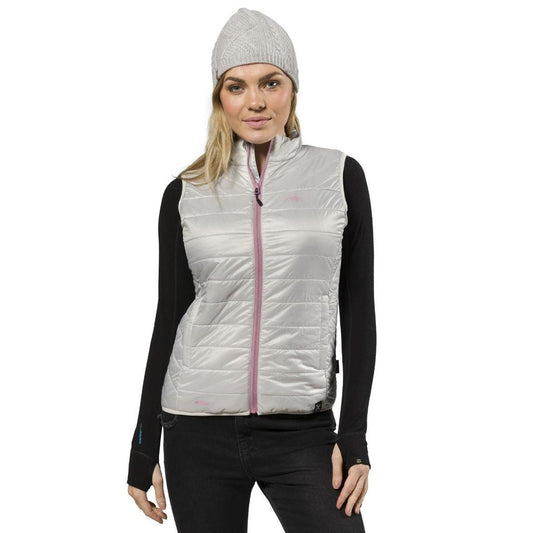
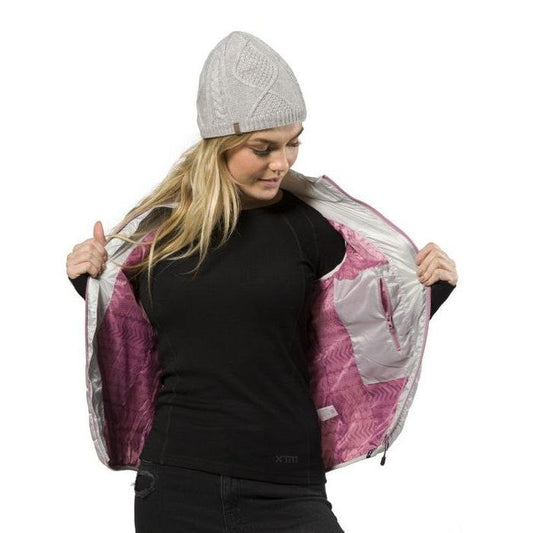 Sale
SaleXTM Peppin Vest
Regular price $90.99 AUDRegular priceUnit price / per$129.99 AUDSale price $90.99 AUDSale -
Rojo Womens Park Life Funnel Neck
Regular price $89.99 AUDRegular priceUnit price / per -
2021 XTM Wildcat DWR Ladies Jacket
Regular price $79.95 AUDRegular priceUnit price / per -
4F Men's brushed thermoactive underwear (top) - Black
Regular price $69.99 AUDRegular priceUnit price / per -
XTM Kids Merino 230 Wool Thermal Pant
Regular price $69.99 AUDRegular priceUnit price / per
FAQs
What Are the Different Types of Thermals and Which Ones Are Best for Skiing and Snowboarding?
Thermals, also known as base layers, help regulate body temperature and wick moisture away from the skin. The best thermals for skiing and snowboarding depend on material, weight, and breathability.
Types of Thermals
1. Synthetic Thermals (Polyester/Spandex Blends)
• Lightweight, moisture-wicking, and quick-drying
• Great for high-intensity activities like skiing and snowboarding
• Affordable and durable, but can retain odors
2. Merino Wool Thermals
• Naturally warm, breathable, and moisture-wicking
• Excellent temperature regulation in both cold and warm conditions
• Soft, odor-resistant which is beneficial on trips as you don't need to wash them as often.
How Are Thermals Meant to Fit?
Thermals should fit snugly against the skin without being too tight or restrictive. A proper fit ensures they can effectively trap body heat and wick away moisture while allowing freedom of movement.
Key Fit Considerations
• Snug but not restrictive: Thermals should hug the body without feeling too tight or uncomfortable
• No excess fabric: Loose or baggy thermals won’t insulate as well and can bunch under outer layers
• Full range of motion: A good fit allows you to move freely for activities like skiing and snowboarding
• Layering compatibility: Thermals should fit comfortably under mid-layers and outerwear without causing bulk
What Does the Weight Mean for Merino Base Layers?
Merino base layers come in different weights, which refer to the fabric's grams per square meter (GSM). The weight determines warmth, breathability, and best use conditions.
Merino Base Layer Weights & Uses
Lightweight (150-200 GSM)
• Best for mild to cool conditions or high-intensity activities
• Moisture-wicking and breathable, ideal for skiing, snowboarding, and layering
• Works as a year-round base layer
Midweight (200-250 GSM)
• Suitable for cold conditions with a balance of warmth and breathability
• Great for all-day skiing, snowboarding, and winter sports
• Can be worn alone in cool weather or layered for extra insulation
Heavyweight (250+ GSM)
• Best for freezing temperatures or low-activity days in extreme cold
• Provides maximum insulation while still wicking moisture
• Ideal for resort skiing, mountaineering, and extended time in the snow
How to Layer for Skiing and Snowboarding?
Layering properly is key to staying warm, dry, and comfortable on the slopes. A good layering system consists of three main layers: base layer, mid-layer, and outer layer.
1. Base Layer (Moisture Management)
• Worn next to the skin to wick sweat away and keep you dry
• Merino wool is the best option for warmth and breathability
• Avoid cotton, as it absorbs moisture and stays wet
2. Mid-Layer (Insulation)
• Traps body heat to keep you warm
• Common options include fleece, down, or synthetic insulated jackets
• Can be adjusted depending on temperature and activity level.
3. Outer Layer (Weather Protection)
• Shields against wind, snow, and moisture
• Choose a waterproof and breathable ski jacket and pants (Gore-Tex or high waterproof rating)
• Shell jackets offer versatility, while insulated jackets provide extra warmth
Additional Layering Tips
• Wear thermal socks, waterproof gloves, and a neck gaiter for added warmth
• Adjust layers based on weather conditions and activity level
For expert layering advice and high-quality gear, visit Welcome Board.


